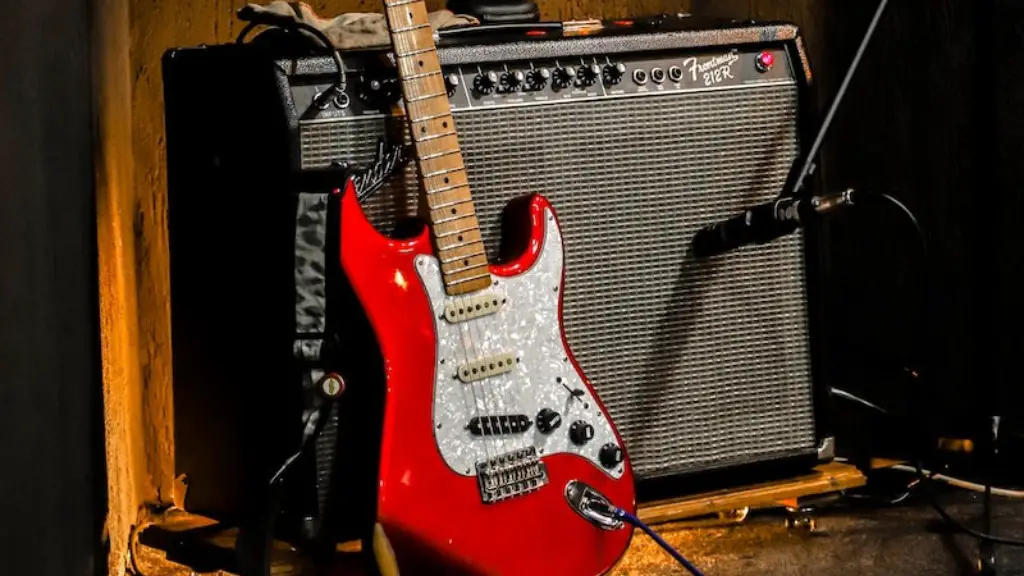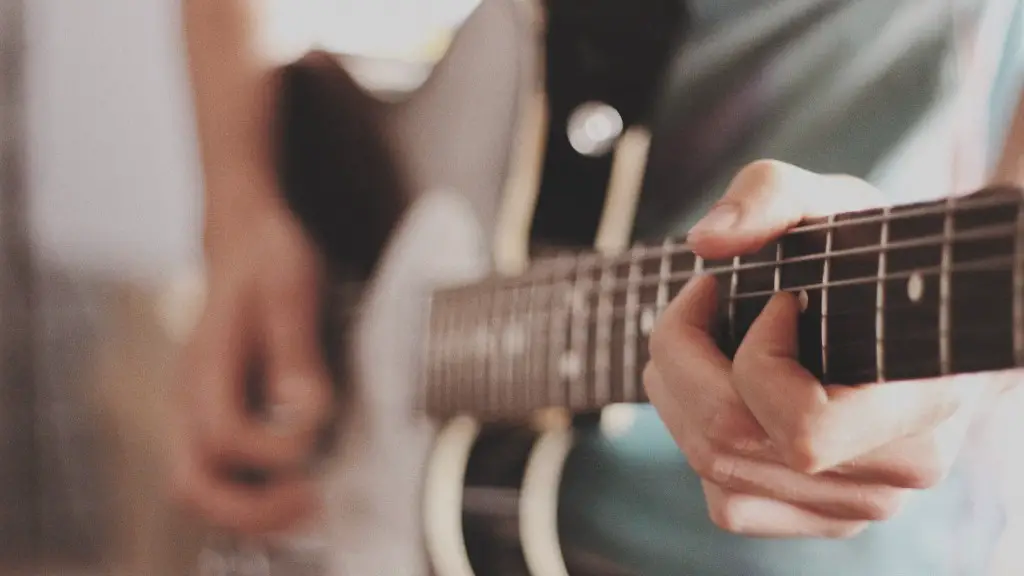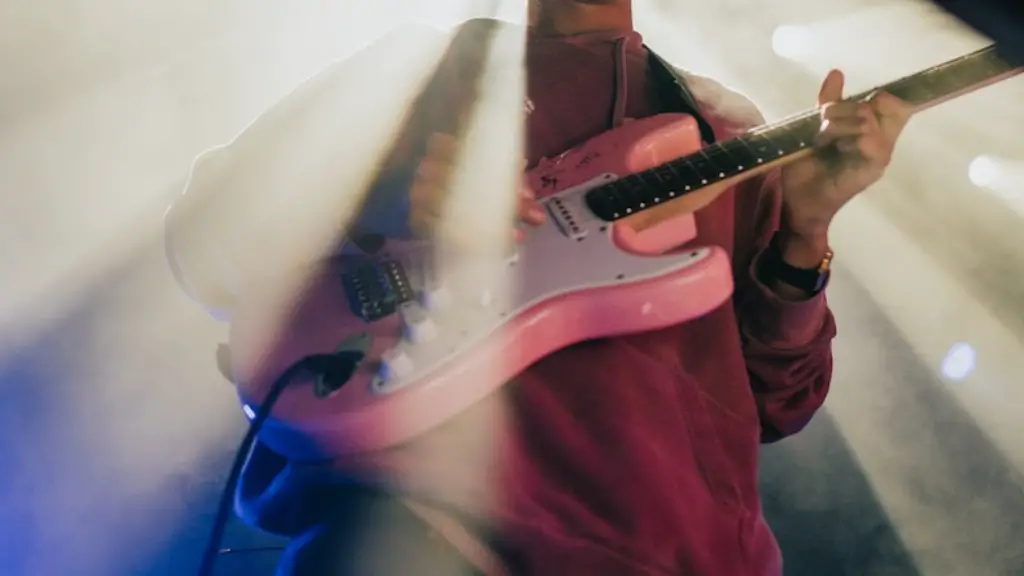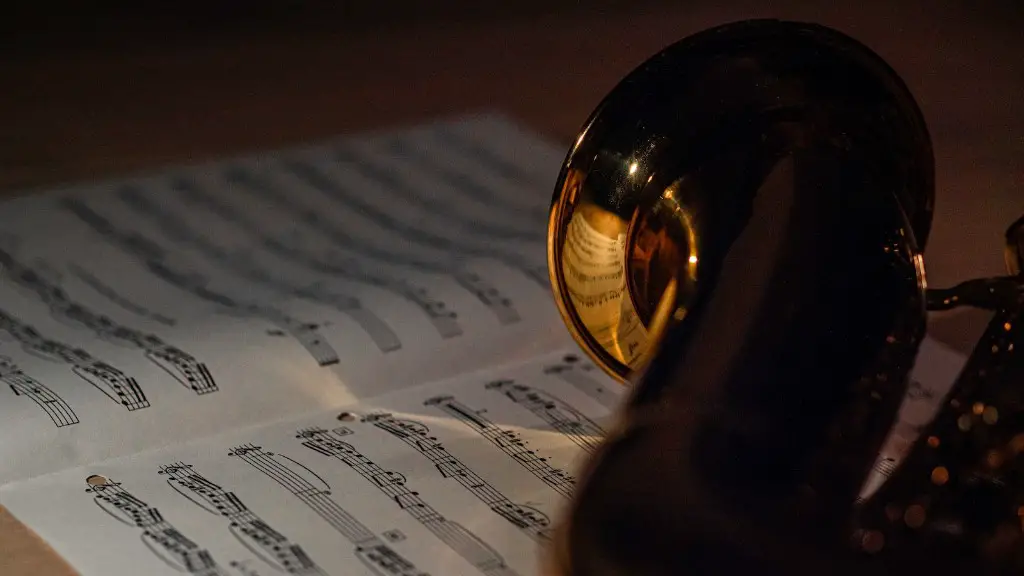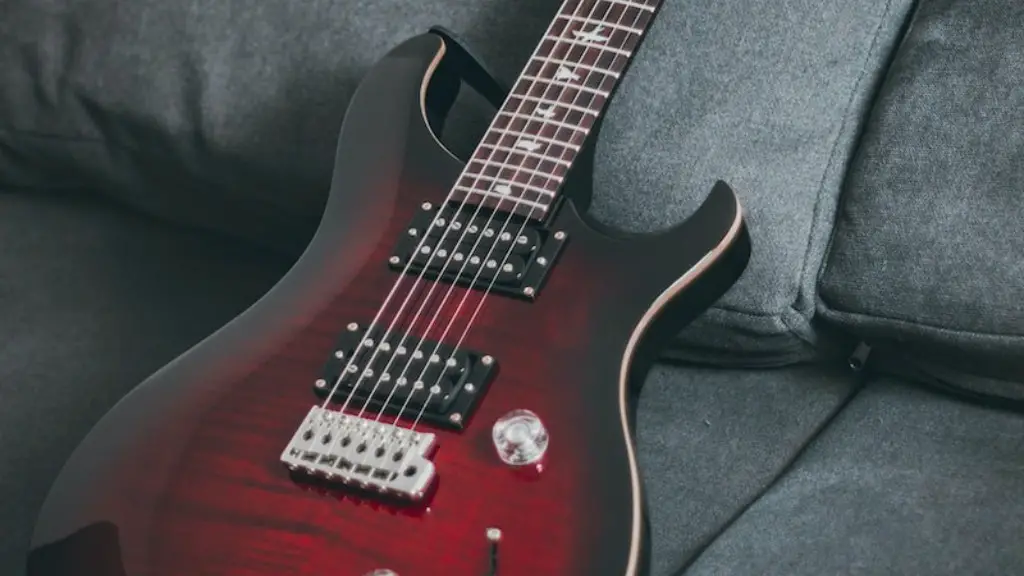Playing freestyle electric guitar is a great way to express your creativity and hone your improvisational skills.
It is important to remember that you don’t need to be a technically perfect musician to create your own unique style of playing. All you need is the willingness to explore the instrument and experiment with different sounds and techniques.
Start by learning the basics of chord progressions, scales, and arpeggios. This will help you develop a good foundation for your improvisations. Once you understand the fundamentals, it’s time to start creating your own music. Listen closely to other guitarists and take influence from them as you develop your own style. Be sure to practice regularly, so your skills can continue to improve.
Don’t be afraid to experiment. Playing with different rhythms, textures, and effects can open up new possibilities for your sound. When playing freestyle, stay in a relaxed state of mind that allows for spontaneous ideas and expression.
Freestyling on electric guitar can be an incredibly rewarding experience when done properly. With dedication and practice, you will soon be crafting your own unique style of playing that stands out from the rest!
Learn the Basics of Music Theory
Learning the basics of music theory is essential for any aspiring electric guitar player. It provides a framework for understanding how chords, scales, and melodies interact, which gives you the ability to freestyle more confidently and creatively. Even if you’re just starting out, there are some basic concepts that you’ll need to master in order to take your playing to the next level. Chords are fundamental building blocks, and they provide the foundation for composing great music. Knowing how to form chords and progressions will give you an understanding of how different elements work together. Scales are also important for understanding the relative note relationships and creating melodies that sound good with your chords. Lastly, rhythm is key when it comes to adding groove and feel to your playing. By exploring different time signatures and rhythmic patterns, you can create unique rhythms that will make your playing stand out.
By taking the time to learn these fundamentals of music theory, you’ll be able to freestyle on electric guitar with greater confidence and creativity.
Develop Your Own Unique Style
Freestyling on electric guitar is a great way to develop your own unique style. Start by learning the basics of scales, chords and arpeggios. Then, practice improvising with these tools. Experiment with different sounds and techniques to create your own signature sound. Try playing over backing tracks that are in different styles and tempos. This will help you get comfortable playing in different musical contexts. Once you have developed your basic skills, start writing original music and riffs that reflect your personal style.
Incorporate elements from other genres that you like into your playing. Don’t be afraid to be creative and take risks! Explore different tunings for your guitar as well as using effects such as distortion, delay or reverb to give your sound an extra edge. Finally, practice regularly and record yourself so you can listen back and analyze what works and what doesn’t. With a bit of patience and dedication, you can create a unique style that is truly yours!
Listen to Other Artists for Inspiration
Freestyling on electric guitar can take your playing to the next level. To get started, try listening to other artists who have mastered the art of improvising. By studying their techniques, you can learn how they use scales, chords, and arpeggios to craft melodic solos. Listening to a variety of genres will open up new possibilities in your playing. It’s also important to learn the fundamentals of music theory, such as chord progressions and key signatures. This will help you understand how the different elements of a song fit together and give you ideas for your own freestyle improvisations.
Finally, don’t be afraid to experiment! Try playing around with different sounds and rhythms until you find something that works for you. Push yourself outside of your comfort zone and keep an open mind. With enough practice and dedication, you’ll find yourself crafting unique solos that reflect your own style and personality.
Practice and Experiment with Different Sounds
Freestyling on electric guitar is an incredibly rewarding experience, allowing you to express yourself creatively through your playing. To get the most out of your freestyle sessions, it is important to practice and experiment with different sounds. You can explore different chords and progressions, as well as tweak the settings of your amp or effects pedals to create unique tones. Playing around with different sound textures will help you find a style that fits your own playing and allow you to develop as a musician.
Don’t be afraid to take risks when experimenting with sound. Try out something new that may seem strange at first – you never know what could be the next great riff! Learning how to use technology creatively is also key when it comes to creating memorable guitar solos; make sure to explore software such as Ableton Live or Garage Band for interesting sound effects and samples. It’s all about finding an individual sound that reflects who you are as a musician.
Creating a Beat or Rhythm Before You Begin Playing
It is important to create a beat or rhythm before you begin playing electric guitar. This will help you to structure your freestyle and give it some form and direction. Start by tapping out a simple 4/4 beat with your foot, then add a snare drum and a hi-hat sound on the offbeats. This will provide you with the foundation of your freestyle. Then, find the melody in your head and layer on guitar chords that fit the melody. You can also use effects such as reverb, delay and chorus to create more interesting sounds. Experiment with different effects until you find something that works for you. A good way to spice up your freestyle is to add some syncopated rhythms, which are offbeat accents that add syncopation and complexity to the song. Once you have your beat, rhythm and melody ready, it’s time to start playing!
Start Simple and Build Up the Complexity of Your Licks
Freestyling on electric guitar can be a fun and rewarding experience. To get started, it’s important to focus on the basics and gradually build up complexity. Start by learning simple chords, scales, and licks that you can easily play and practice. As you become more comfortable with these fundamental techniques, you can begin to add more complexity to your licks. Try adding slides, hammer-ons, pull-offs, bends, vibrato, etc. Using different techniques will help you create unique sounding licks that are more interesting to play.
A great way to develop your improvisational skills is to practice soloing over backing tracks or chord progressions. As you become more comfortable with the basic notes and rhythms of a track, you can start experimenting with different licks and ideas. It’s also important to listen closely as this will help you develop an ear for improvisation and understand how your notes fit into the overall sound of the track. With time and practice, freestyling on electric guitar will become second nature!
The End
Freestyling on electric guitar is a fun and rewarding way to express yourself musically. It can take some practice to get the hang of it, but with patience and dedication you can master the technique. Remember to experiment with different chords and scales, as well as alternate picking, slides, hammer-ons, pull-offs, and bends. With these tips in mind, you’ll soon be freestyling like a pro!
So what are you waiting for? Get out there and start jamming!
